
Alaska’s largest tsunami in history was a powerful natural disaster that left a huge impact on the region. Its immense size and destructive force reshaped the area and the way we understand seismic activity. Here are key insights into this historic tsunami.
The Earthquake That Shattered The Silence
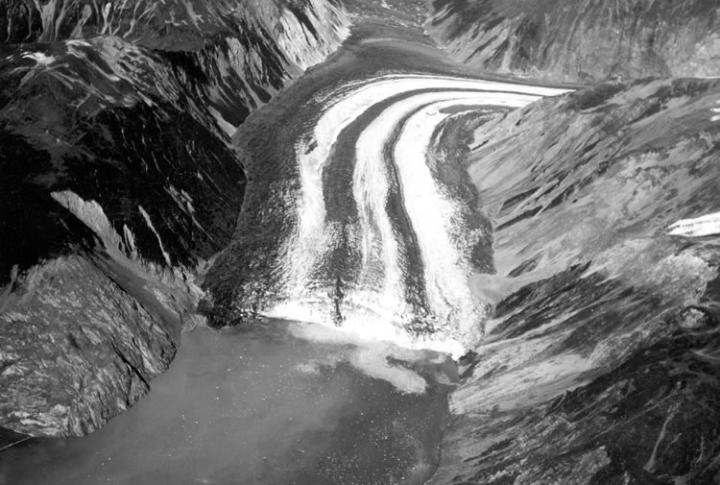
On July 9, 1958, a 7.8-magnitude earthquake struck the Fairweather Fault, sending shockwaves through Alaska. Trees swayed violently, and cliffs cracked open. Before anyone could comprehend the destruction, the mountain above Lituya Bay crumbled and set off an even deadlier chain reaction.
How 40 Million Tons Of Rock Created A Mega Wave
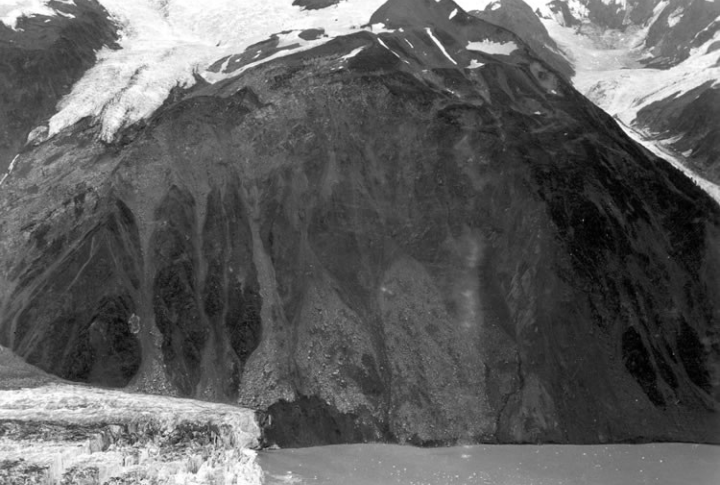
Within seconds of the earthquake, 40 million cubic yards of rock plunged into Lituya Bay. The landslide hit the water with unimaginable force, instantly displacing millions of gallons. The result? A 1,720-foot-high megatsunami tore through the bay and left a barren, scarred topography.
The Man Who Rode The World’s Biggest Tsunami And Lived

Howard Ulrich and his 7-year-old son were on a fishing boat when the tsunami struck. The wave lifted them like a leaf in a hurricane, propelling them higher than a skyscraper. Against all odds, they survived and rode the crest of destruction instead of being pulled under.
How The Wave Redefined The Geography Of Lituya Bay

The tsunami erased five square miles of dense forest and scoured the land to bedrock. Entire sections of coastline disappeared, permanently changing the bay’s topography. What had taken thousands of years to form was obliterated in seconds. This turned Lituya Bay into a scientific anomaly.
Why This Tsunami Defied Everything Scientists Knew

Unlike typical ocean tsunamis, which travel for miles, this was a landslide-induced megatsunami. Instead of spreading outward, it shot straight up, then slammed back down with terrifying force. Scientists had never seen anything like it—this event rewrote tsunami physics and forced a reassessment of global tsunami risks.
The Speed That Made Escape Impossible
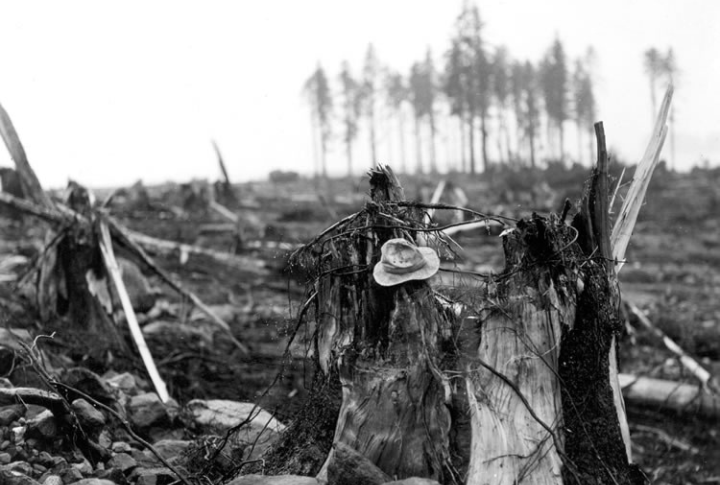
Clocking speeds of over 100 mph, this tsunami moved faster than most hurricanes. By the time anyone noticed the incoming wave, it was too late. At peak velocity, it outran nearly anything in its path, which made it one of the deadliest waves ever recorded in human history.
The Underwater Topography Was Permanently Altered
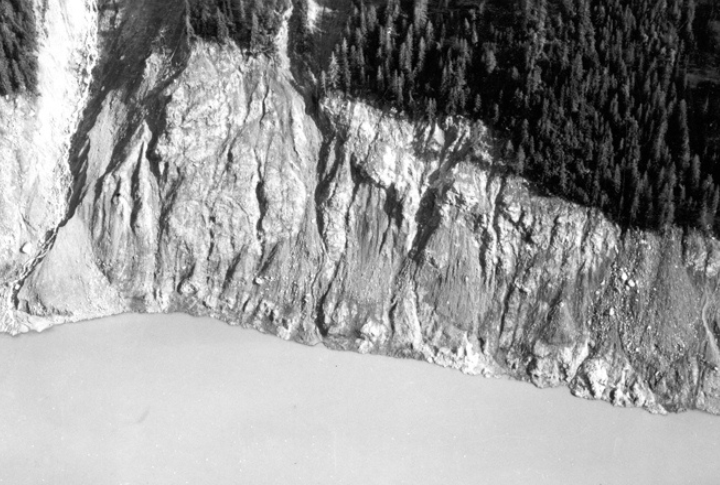
The destruction didn’t stop at the surface. Sonar scans decades later revealed deep scars on the ocean floor where the landslide debris settled. Entire sections of the bay’s seafloor had been restructured, creating underwater ridges and displaced rock formations that remain visible today.
Could Another Megatsunami Strike Lituya Bay?
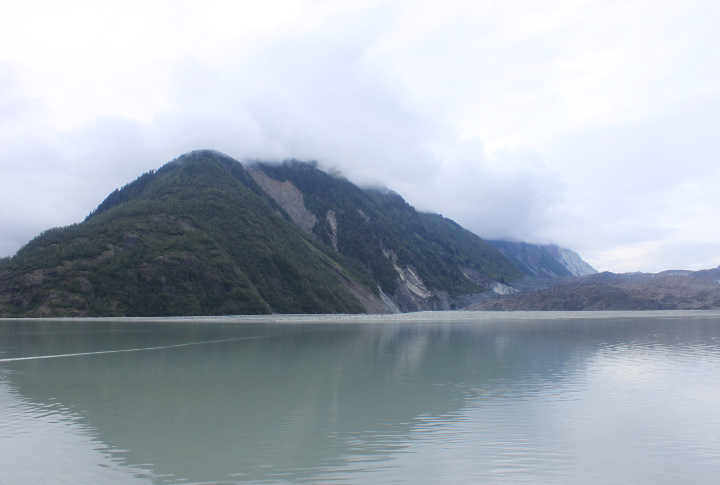
Alaska remains highly vulnerable. As climate change accelerates glacial melting, more unstable rock faces are emerging. Scientists now monitor these slopes with the knowledge that another quake could send millions of tons of debris crashing into the bay and trigger another catastrophic megatsunami.
Alaska’s Other Forgotten Megatsunamis
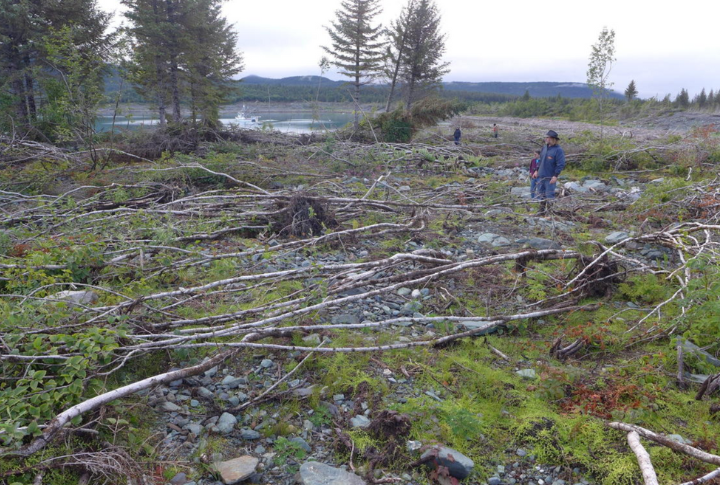
Lituya Bay wasn’t the only site of extreme waves. In 2015, a massive landslide in Taan Fiord sent 180 million tons of rock crashing into the water and generated a tsunami with a 193-meter (633-foot) run-up. It shows that Alaska’s steep fjords remain highly vulnerable to megatsunamis, especially as climate change accelerates glacial retreat.
The Disaster Became A Scientific Playground
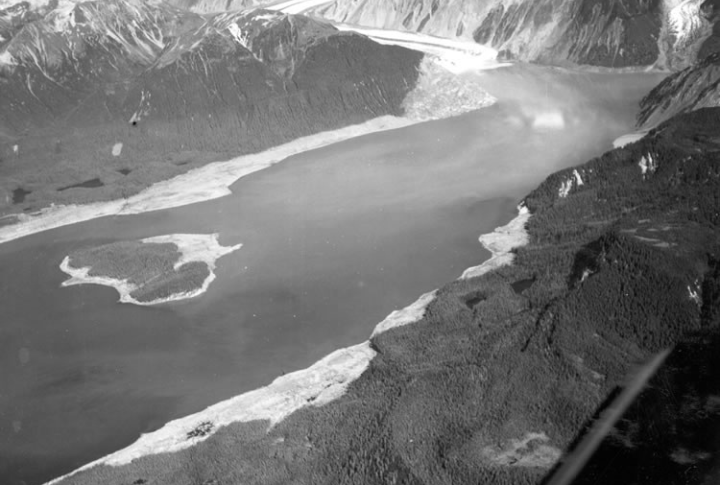
What was once a catastrophe is now one of history’s most studied tsunami events. Researchers use Lituya Bay as a natural lab to analyze megatsunami behavior, test new predictive models, and monitor unstable slopes. This disaster didn’t just destroy—it reshaped our understanding of extreme waves.
